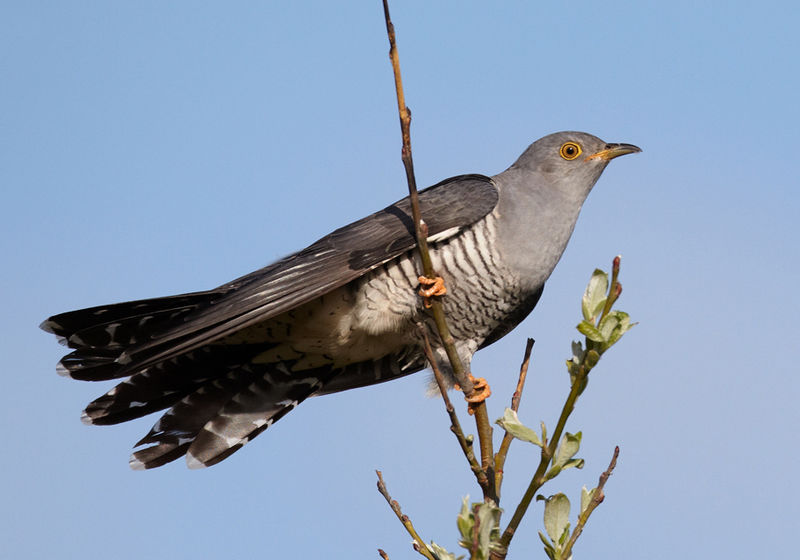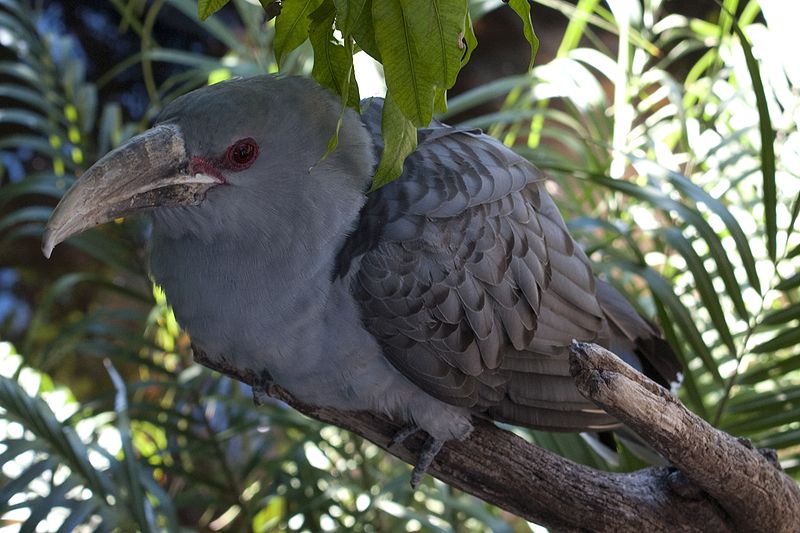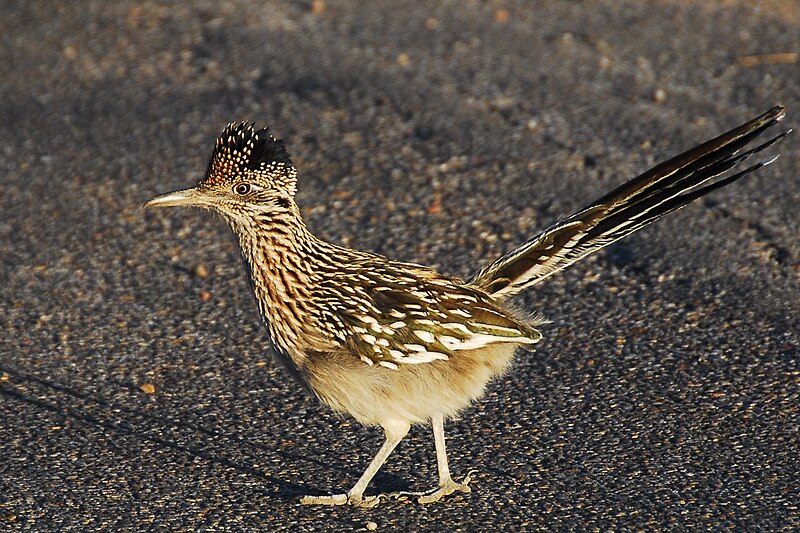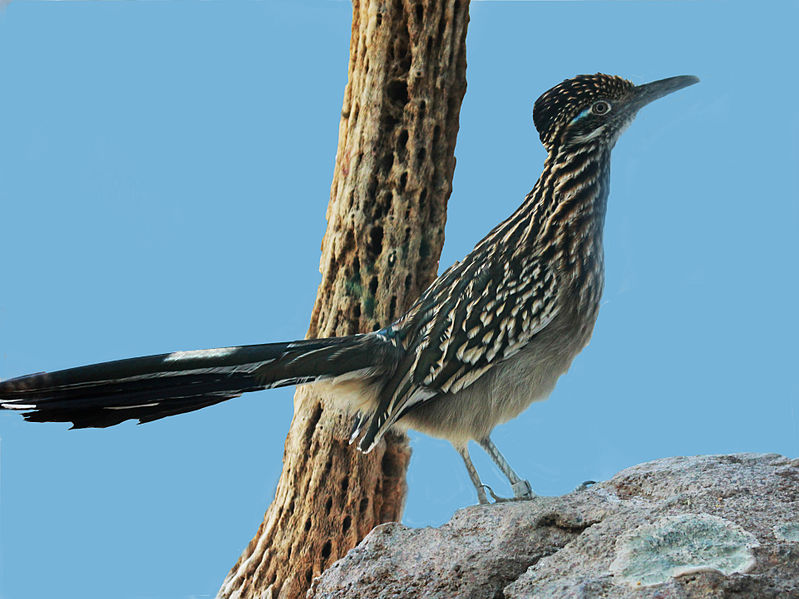Hi everyone! The year's moving right along, isn't it? I can't believe it's already the month of September and we'll be having Thanksgiving dinner relatively soon. Without further ado, let's move on to our "usuals".
Days till:
It is: 6 days till Patriot Day
It is: 7 days till Dolphin Tale 2's theatrical release
It is: 38 days till
In the
Spotlight:
Not much to share today, but I've found quite literally a treasure trove of clips and interviews for the upcoming Dolphin Tale 2 movie! I can't believe it's coming out next week! I am so excited (needless to say, right?). I don't know if I'll be able to see it in theaters, but you can be sure that if I can't, I'll be one of the first people to check it out on DVD!
Here are several movie clips, actor and actress interviews for Dolphin Tale 2:
See? I told you I found a lot of stuff! And those are just movie clips (which, I might add, are totally awesome!), below are some interviews for the movie:
Am I finished yet? Nope! I found out some more cool information: remember Cozi Zuehlsdorff, who portrayed Hazel Haskett in Dolphin Tale 1? Well, not only is she reappearing in DT2 (which, if you watched any of those clips above, you should know that), she also wrote and sung the song that's going to be at the end credits called Brave Souls! This is really exciting for me. Here is her beautiful song below:
Topic
of the Week
by Christian Ryan
 |
| Roadrunners are small, fast ground birds. |
After moving to
Utah, my family has seen a lot of really amazing things in nature,
from the red mountains to cool desert plants and animals. One bird
that particularly caught my interest is small ground bird common in
the deserts in the southwestern parts of the United States: the
roadrunner! While strange-looking, they're really interesting things
I learned about the roadrunner that really surprised me and things
that might come as a surprise to you. So let's learn more about the
roadrunner.
 |
| Just as portrayed in the show, roadrunners are fast-running ground birds. |
Needless to say,
(if you're over the age of 40) you remember a roadrunner from the
television show by the same name, in which this bird frequently foils
Wile E. Coyote's plans to capture the bird and eat him. Despite being
ground birds, roadrunners are the largest members of the cuckoo bird
family, Cuculidae. Today, I plan to focus primarily on the
most well-known roadrunner species: the great roadrunner.
 |
| This is a picture I took of a roadrunner in front of an auto repair shop near where we live. |
The Cuculidae
family consists of many types of birds, but it was named for the
common cuckoo that lives in Europe. Here are a few species of birds
in this family below:
 |
| Common cuckoo |
 |
| Guira guira |
 |
| Channel-billed Cuckoo |
_-_Weltvogelpark_Walsrode_2013-01.jpg/800px-Coua_caerulea_(Blauer_Seidenkuckuck_-_Blue_Coua)_-_Weltvogelpark_Walsrode_2013-01.jpg) |
| Blue coua |
As you can see,
there is great variety within the cuckoo family. However, both
genetic evidence and the Bible tell us that God created different
kinds (likely referring to the “family” in modern classification
methods, rather than “species” or “genus”) of birds on Day 5
of the Creation week, 6,000 years ago. (At the moment though, we
don't know whether or not God's Day 5 creations included
ground-dwelling birds as well as flying ones or if ground-dwelling
birds were created on Day 6, with other land animals; some evidence
seems to suggest some flying birds changed into ground birds over
time through natural selection processes (not evolution). But this
topic is beyond the scope of this article.) Inside the original
created member of the cuckoo family, was all the genetic information
for other species within this kind of bird, including the roadrunner.
Sometime after the Genesis Flood, the cuckoo family diversified into
various species “according to its own kind” (Genesis 1:21); one
of these species settled in the southwestern United States and became
the greater roadrunner.
_-_12938113005.jpg/800px-Greater_roadrunner_(Geococcyx_californianus)_-_12938113005.jpg) |
| Roadrunners live in dry, arid habitats. |
This bird grows
only 9-11 inches in height and up to two feet long and weighs 7.8-19
oz, so it isn't very big. I was able to see a roadrunner several
times when it passed in front of where my Dad works. It might have
been the same one every time. Other characteristics of the roadrunner
include a bushy crest of feathers on top of its head, a thick
darkly-colored beak, a long tail and four toes on each foot, two
pointing forwards and two pointing backwards. Take a moment to
observe the beautiful coloration of the roadrunner: it's mostly
colored in brown with black streaks and the occasional pink spots.
The underside is colored white. This perfectly enables this bird to
blend into its habitat.
As seen in the
Roadrunner cartoons, roadrunners actually do live in deserts.
They mainly can be found in the southwestern deserts, open country
and scrub lands of the United States, but they also live in northern
Mexico and have even been spotted as far east as Arkansas, Kansas,
Louisiana and Missouri.
_-_12937890555.jpg/800px-Greater_roadrunner_(Geococcyx_californianus)_-_12937890555.jpg) |
| Roadrunners are fierce predators, eating anything from insects, as seen above, to snakes and everything in between! |
The goofy appearance of the greater
roadrunner is rather deceptive, God created these animals as fast and
efficient predators (after the Fall of Man occurred, of course). They
have wings and can fly, but they prefer to run after prey, using
their long tails for balance and maneuverability. These birds
regularly eat insects, like wasps, and other arthropods – like
centipedes, spiders, scorpion, and millipedes – small rodents,
eggs, carrion, reptiles and they'll also eat fruit. Roadrunners are
able to kill larger prey by making devastating blows to the base of
the small prey's neck or by beating its prey against a rock. They
will sometimes leap into the air to catch smaller birds and flying
insects and pairs of roadrunners have also been spotted teaming up to
take on a relatively large snake, including the infamous rattlesnake!
 |
| Roadrunners are beautifully designed for desert life. |
The fact that roadrunner's are
predators, doesn't mean that they don't sometimes become prey for
other creatures. Common predators of roadrunners are animals like
hawks, skunks, raccoons and, yes you guessed it, the coyote. This is
a major reason why roadrunners have speed on their side; able to run
15-26 mph, they're going to give both prey and predator a run for
their money. However, unlike the cartoon, real coyotes can run faster
than a roadrunner, so the bird must rely on agility rather than pure
speed in order to escape.
_(3399096675).jpg/800px-Greater_Roadrunner_(Geococcyx_californianus)_(3399096675).jpg) |
| Roadrunners can run 15-20 mph to escape predators and chase prey. |
Another interesting fact about
roadrunners is that they appear to mate for life. During courtship, a
roadrunner will often give its mate a present, such as a twig or a
piece of grass. When it's time to reproduce, the birds make a nest of
twigs and lay 3-6 white or pale-yellow-colored eggs. The male and
female both help incubate, care for, and protect the young before and
after hatching. After about 18-21 days after leaving the hatching,
roadrunner chicks leave their nests and join their parents in the
open, where they will continue to be fed for an additional 30-40
days.
 |
| Roadrunners are a common source of food for coyotes. |
So there you have it, the skinny on one
of the most iconic and interesting of American birds. Roadrunners may
or may not live near you, but there are loads of other species that
do. What do they eat? Where do they live? Do they fly or mainly walk?
Go outside into God's creation and see what amazing flying creations
you can find!
 |
| Roadrunners are just one of the amazingly designed birds God has created! |
References:
- www.wikipedia.org/wiki/greater_roadrunner
- www.desertmuseum.org/books/nhsd_roadrunner_new.php
- eol.org/pages/915105/details
Disclaimer:
Many (or in some cases all) of the photographs and images above
are not mine. If you own one or more of them and would like them to
be removed, politely let me know via one or both of the email
addresses above.
No comments:
Post a Comment